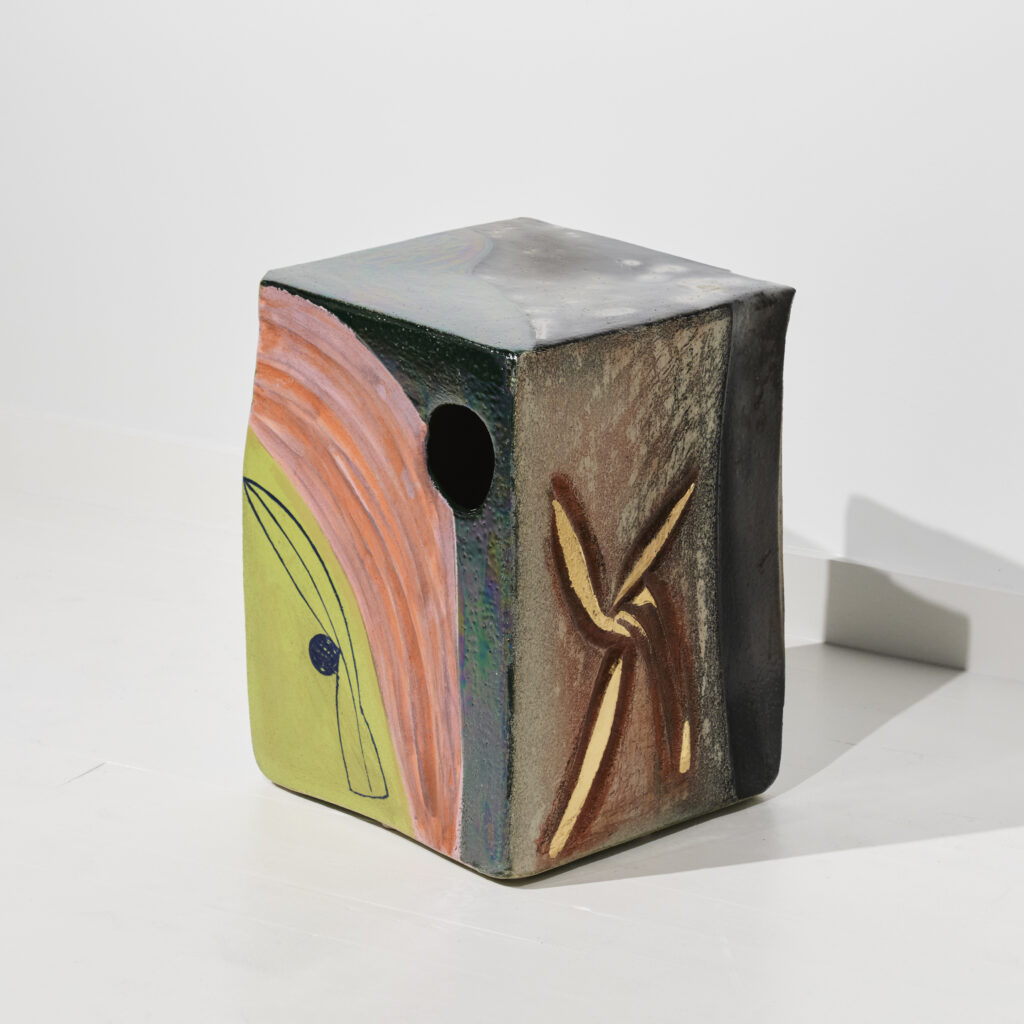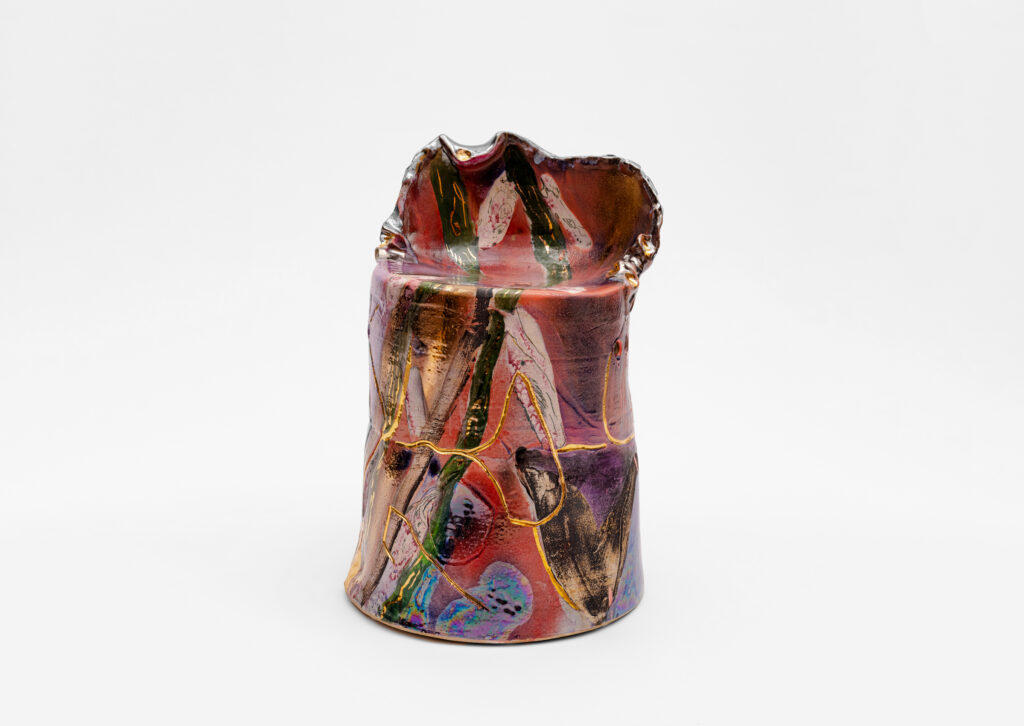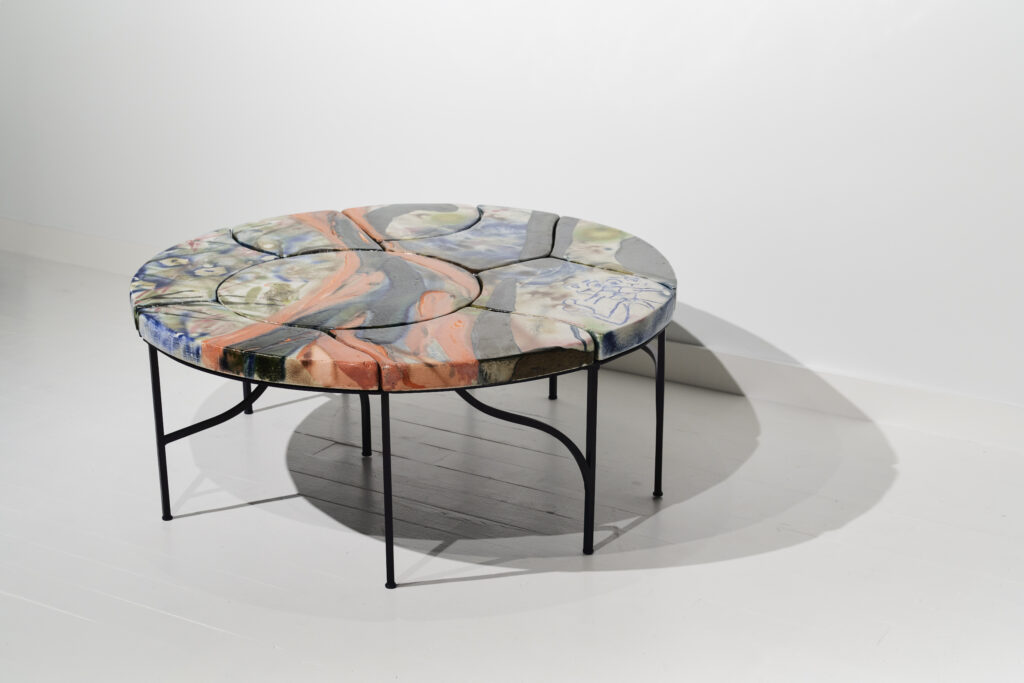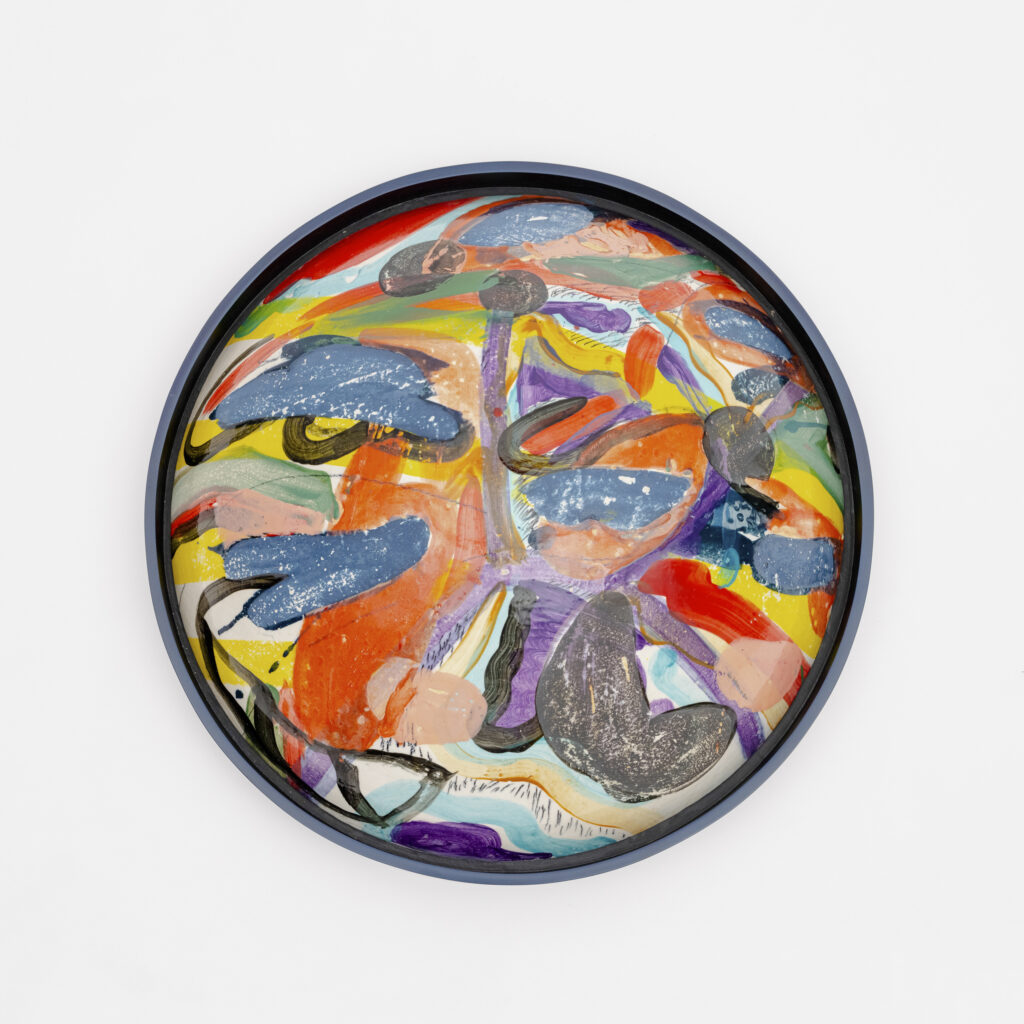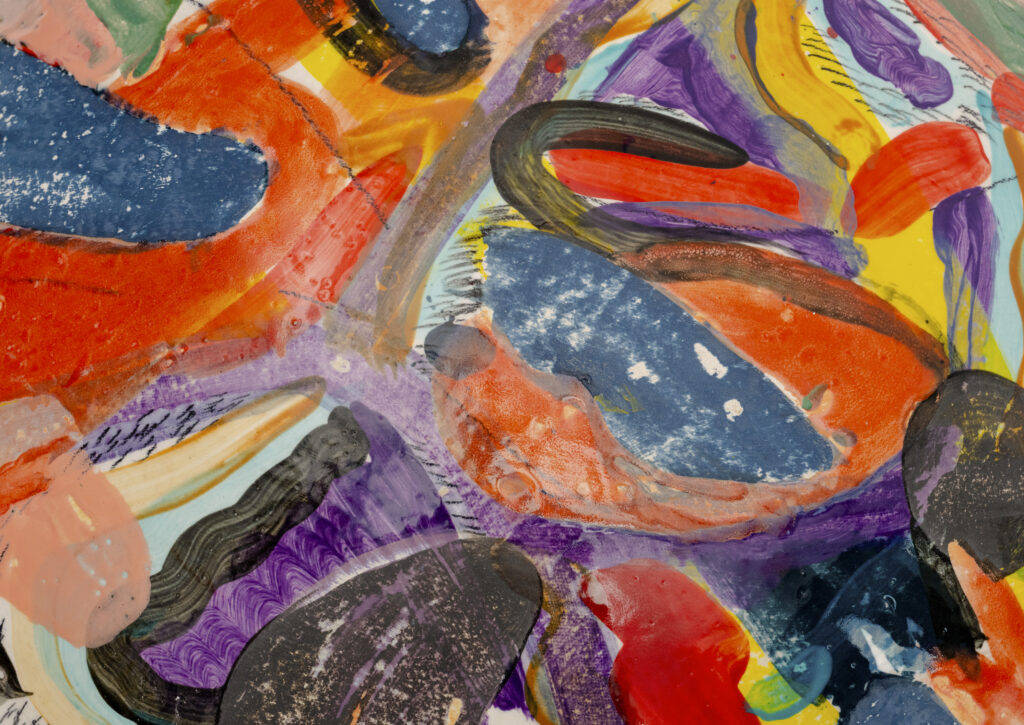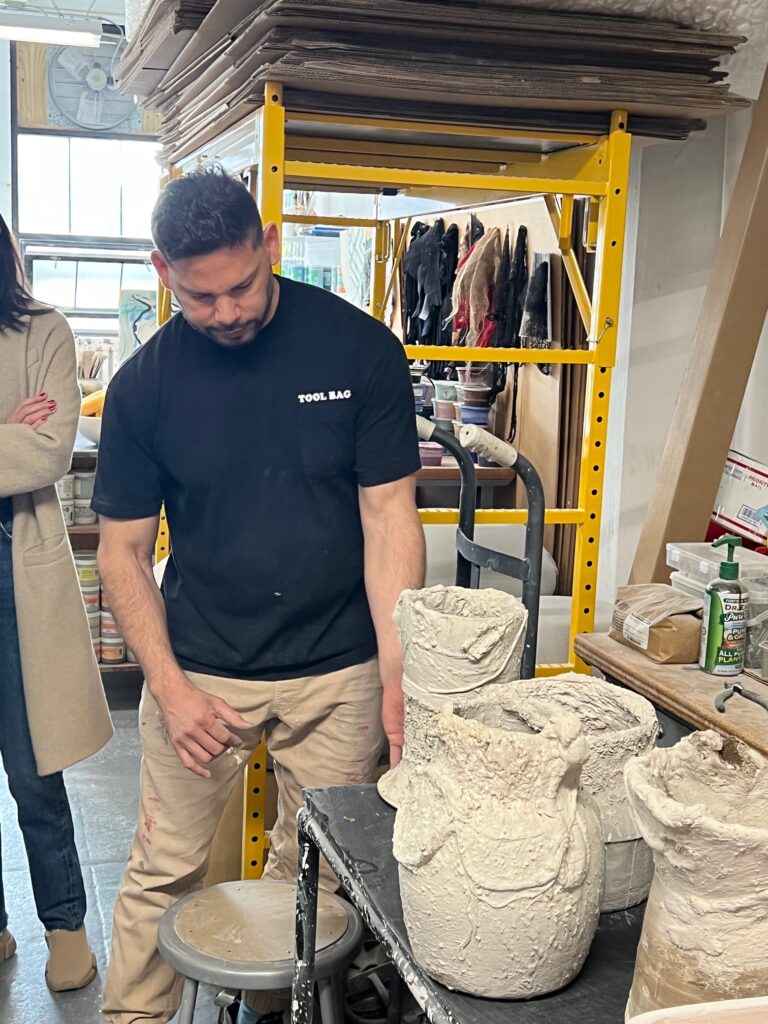
When Venezuelan-born, NY-based ceramicist Reinaldo Sanguino went to study at the Cristobal Rojas School of Visual Arts in his hometown Caracas in the early 90s, ceramic art was not what it is today. Before the turn of the millennium, clay art was heavily synonymous with the crafts and studio ceramics associated with the studio movements of the 20th century, with the exception of a handful of artists who used clay as their material of expression. When the medium emerged as the key material in the mainstream art and design world, it gradually began to rise in popularity alongside Sanguino’s evolution. Since entering the marketplace through representation by The Future Perfect, he has contributed to changing the game. Through his scale, ambition, energy, and his quest to keep pushing the traditional boundaries of the material, he has reached new peaks in recent years. Sanguino‘s passion for the history of art and ceramics has been cemented in the depth of his work and the layers of meaning within it. Visiting his studio this week was a great opportunity to witness the evolution of his artistic vision.
In 1993, Sanguino moved to New York and made it not only his home, but also the core of his identity as an artist. The energy of the city and the opportunities it brings for artists captured his imagination. He began experimenting with different methods and studied, interned, and worked to gain the necessary experience to evolve as a clay artist. After developing his unique signature—comprised of the dual foundation of bold forms and abstract colorful drawings—it was clear that Sanguino had something special to say in the world of contemporary design.
It was stools that came to pave the way to his success. After all, stools have become the accessory of the 21st century interior, sought after by decorators and architects seeking to introduce personality to interior spaces; Sanguino’s stools came at just the right time. At first, the subject matter of the drawings on the surface of these bold stools was New York architecture and its special energy, with the recognizable industrial skyline of Long Island City that can be viewed through the large windows of his studio. Since the very beginning the energetic, expressive, and spontaneous drawings in color and gold appeared to be rooted in New York City because of their resemblance to the legacy of Abstract Expressionism and the recognizable graffiti style—both associated with the history of New York’s art world.
Sanguino’s experimental approach has led him to create more ambitious pieces like coffee tables, dining tables, and art sinks with new textures and colors. The graphic style of his drawings also evolved with a stronger sense of abstraction, now touching on the relationships between humans and nature. With its spring colors and impressionist sensibility, the dining table he is currently working on (look at the video below) looks like it belongs in the garden of Claude Monet in Giverny France. At the intersection of clay art, fine art, and design, Sanguino’s pieces are magical, filled with fantay, and fit so well within the new interior.
